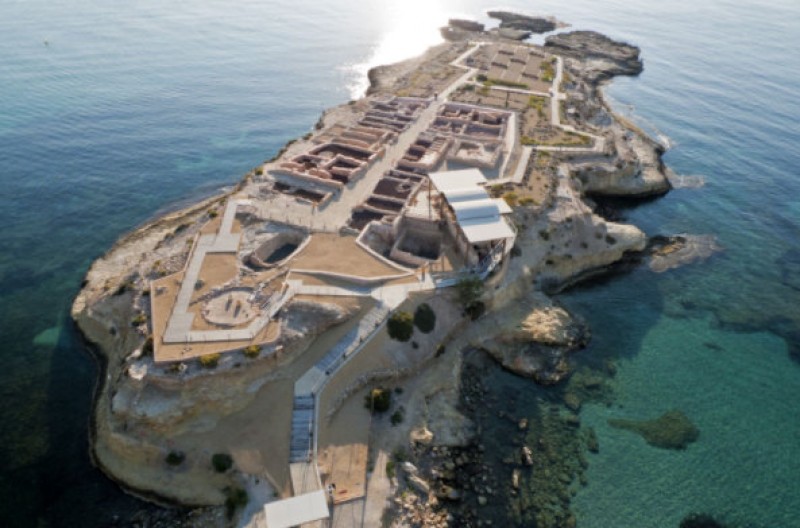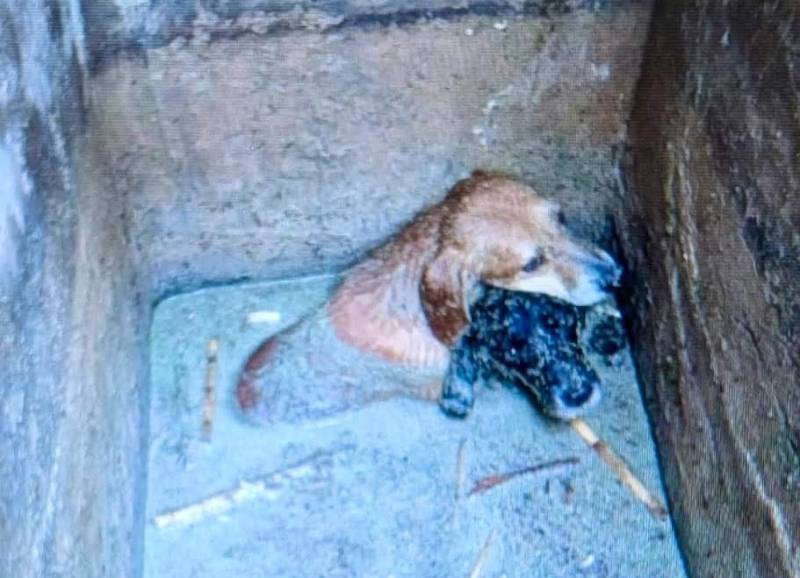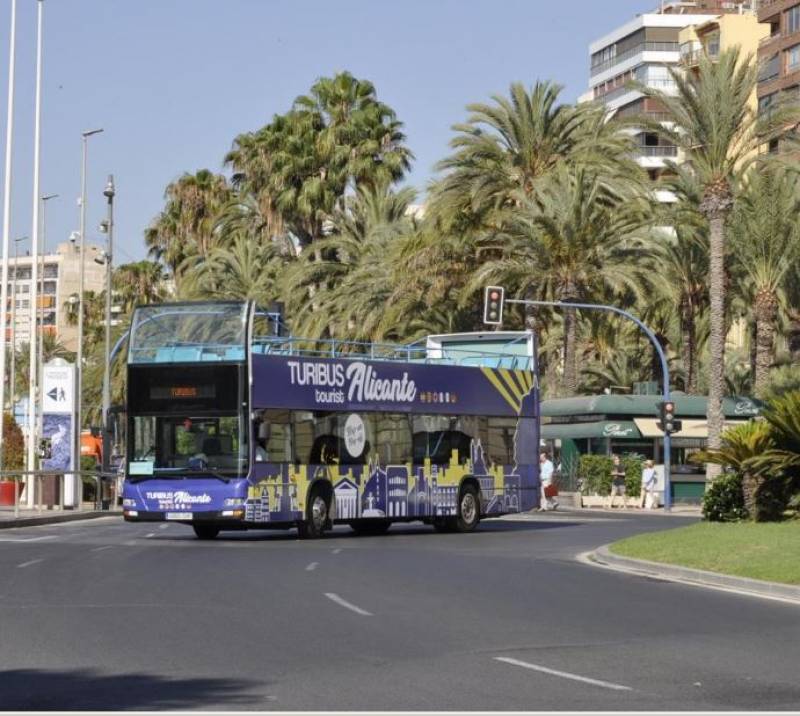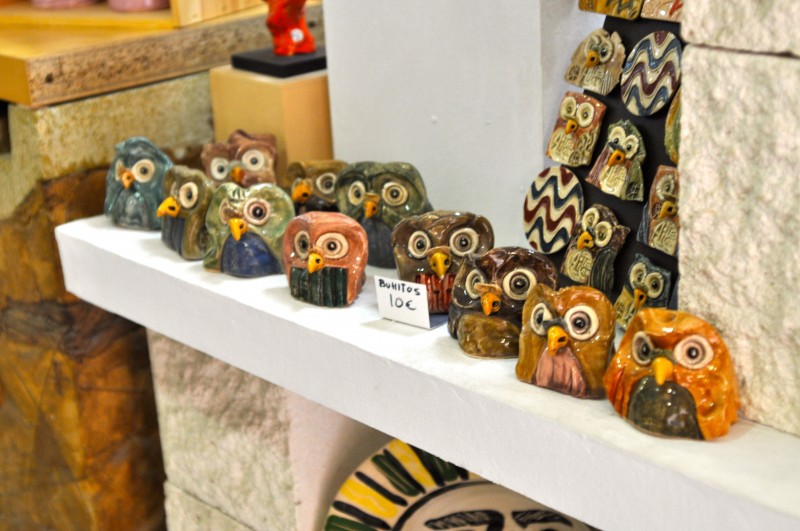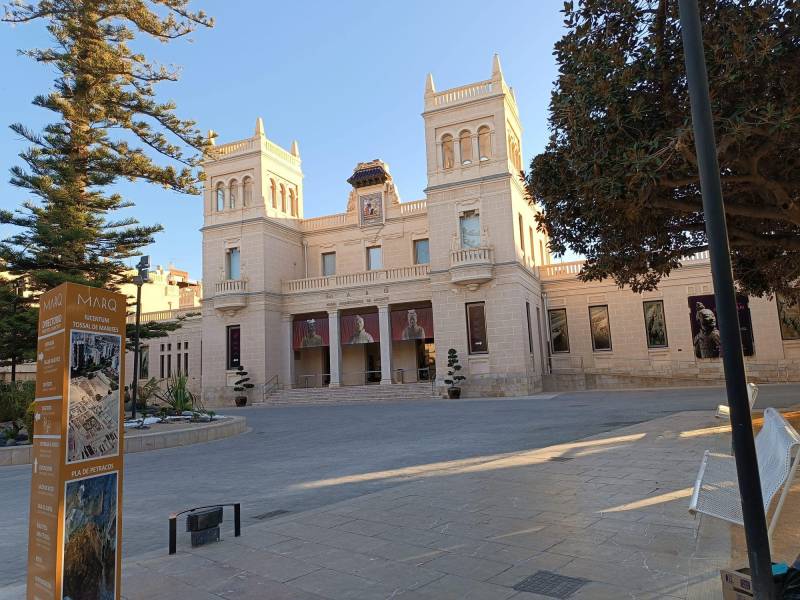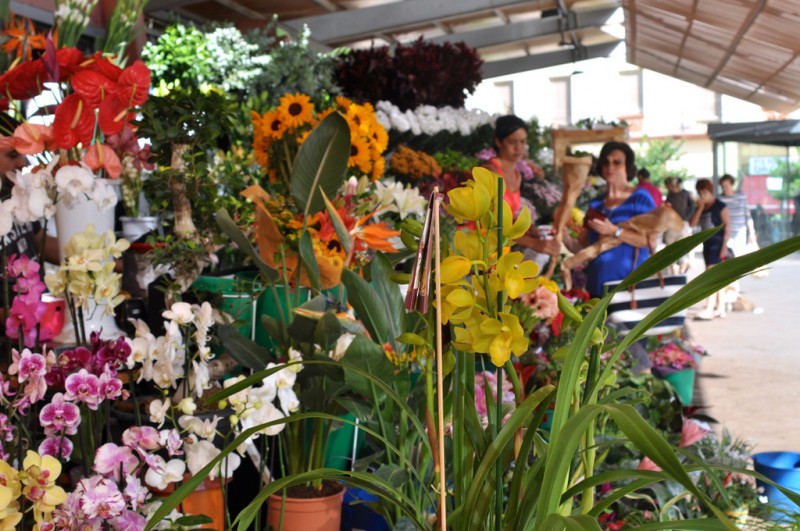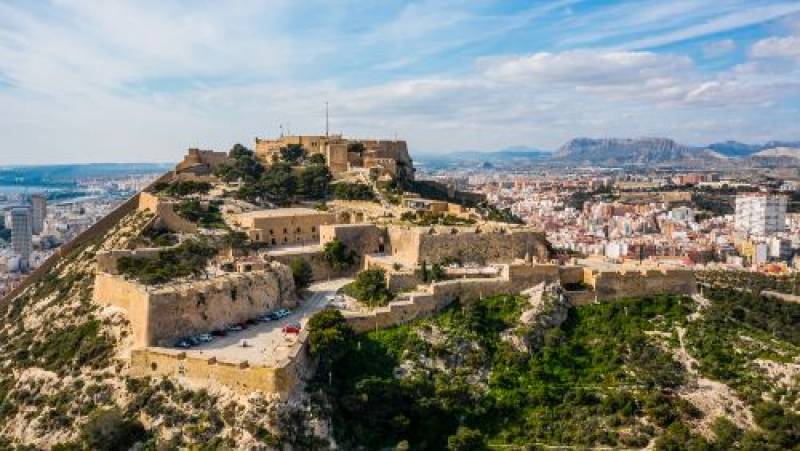- Region
- Águilas
- Alhama de Murcia
- Jumilla
- Lorca
- Los Alcázares
- Mazarrón
- San Javier
-
ALL AREAS & TOWNS
- AREAS
- SOUTH WEST
- MAR MENOR
- MURCIA CITY & CENTRAL
- NORTH & NORTH WEST
- TOWNS
- Abanilla
- Abarán
- Aguilas
- Alamillo
- Alcantarilla
- Aledo
- Alhama de Murcia
- Archena
- Balsicas
- Blanca
- Bolnuevo
- Bullas
- Cañadas del Romero
- Cabo de Palos
- Calasparra
- Camping Bolnuevo
- Campo De Ricote
- Camposol
- Canada De La Lena
- Caravaca de la Cruz
- Cartagena
- Cehegin
- Ceuti
- Cieza
- Condado de Alhama
- Corvera
- Costa Cálida
- Cuevas De Almanzora
- Cuevas de Reyllo
- El Carmoli
- El Mojon
- El Molino (Puerto Lumbreras)
- El Pareton / Cantareros
- El Raso
- El Valle Golf Resort
- Fortuna
- Fuente Alamo
- Hacienda del Alamo Golf Resort
- Hacienda Riquelme Golf Resort
- Isla Plana
- Islas Menores & Mar de Cristal
- Jumilla
- La Azohia
- La Charca
- La Manga Club
- La Manga del Mar Menor
- La Pinilla
- La Puebla
- La Torre
- La Torre Golf Resort
- La Unión
- Las Palas
- Las Ramblas
- Las Ramblas Golf
- Las Torres de Cotillas
- Leiva
- Librilla
- Lo Pagan
- Lo Santiago
- Lorca
- Lorquí
- Los Alcázares
- Los Balcones
- Los Belones
- Los Canovas
- Los Nietos
- Los Perez (Tallante)
- Los Urrutias
- Los Ventorrillos
- Mar De Cristal
- Mar Menor
- Mar Menor Golf Resort
- Mazarrón
- Mazarrón Country Club
- Molina de Segura
- Moratalla
- Mula
- Murcia City
- Murcia Property
- Pareton
- Peraleja Golf Resort
- Perin
- Pilar de la Horadada
- Pinar de Campoverde
- Pinoso
- Playa Honda
- Playa Honda / Playa Paraíso
- Pliego
- Portmán
- Pozo Estrecho
- Puerto de Mazarrón
- Puerto Lumbreras
- Puntas De Calnegre
- Region of Murcia
- Ricote
- Roda Golf Resort
- Roldan
- Roldan and Lo Ferro
- San Javier
- San Pedro del Pinatar
- Santiago de la Ribera
- Sierra Espuña
- Sucina
- Tallante
- Terrazas de la Torre Golf Resort
- Torre Pacheco
- Totana
- What's On Weekly Bulletin
- Yecla


- EDITIONS:
 Spanish News Today
Spanish News Today
 Alicante Today
Alicante Today
 Andalucia Today
Andalucia Today
article_detail
La Illeta dels Banyets in Campello: archaeological remains from the Bronze Age to the Romans and the Moors just outside Alicante
Artefacts dating back 4,000 years show that this small peninsula was an important trading post in past millennia
The Illeta dels Banyets is a small, rocky peninsula on the coast of the municipality of Campello, approximately 9 kilometres north of the city of Alicante, which is home to one of the best-known and most thoroughly excavated archaeological sites in the Costa Blanca.
At one point in the past the peninsula was separated from the mainland and became an islet when an earthquake destroyed the sleeve of land joining it to the coast, but in 1943 it was re-connected to the coastline by engineers who, sadly, used dynamite to alter the lay of the land and in the process destroyed a large part of the pre-historic burial ground at the site. What remains nowadays is a flat promontory with a maximum altitude of just 8 metres above sea level, measuring 10,000 square metres.
Around 40 per cent of this area is occupied by the archaeological site, where the remains identified date back as far as the Bronze Age and include a remarkable sequence of historic artefacts through the historical periods up until the end of Roman rule. There are also remains of Islamic constructions built during the occupation of most of the Iberian Peninsula by the Moors during the Early Middle Ages, and the wealth of archaeological evidence tells us that for many centuries the Illeta dels Banyets was an important trading port, controlling not only maritime traffic but also trading routes leading to inland areas of what is now Spain.

The first evidence of human occupation actually dates back to the end of the Neolithic, when the inhabitants lived in oval-shaped dwellings, the remnants of some of which can still be seen. But more substantial findings have been unearthed relating to the Bronze Age, around 4,000 years ago, including two large underground tanks dug into the rocks, around which burial sites and housing structures were built. The grave goods found inside the tombs include metal punches and knives, marble bracelets, knobs and buttons and some ceramic drinking vessels.
The following level corresponds to the age of the Iberians in the 4th and 3rd centuries BC. At this time it seems that an important township developed, although only a fraction of it has been excavated: on either side of a street which runs along the length of the promontory it is possible to make out two temples as well as storage buildings and dwellings, some of them displaying highly complex architecture which has led to the conclusion that they constituted an important trading location. Above ground, next to the modern tower, ovens have been found which were used to produce Iberian amphorae.
The highest level of remains dates back to the time of the Romans in the 1st and the 2nd centuries AD. The Romans built on top of the foundations of the abandoned Iberian settlement and a thermal baths complex was created as an annex, and although not many remains have been preserved it is possible to identify both the residence area of the owner (the pars urbana) and another area related with agricultural activities (pars rustica).
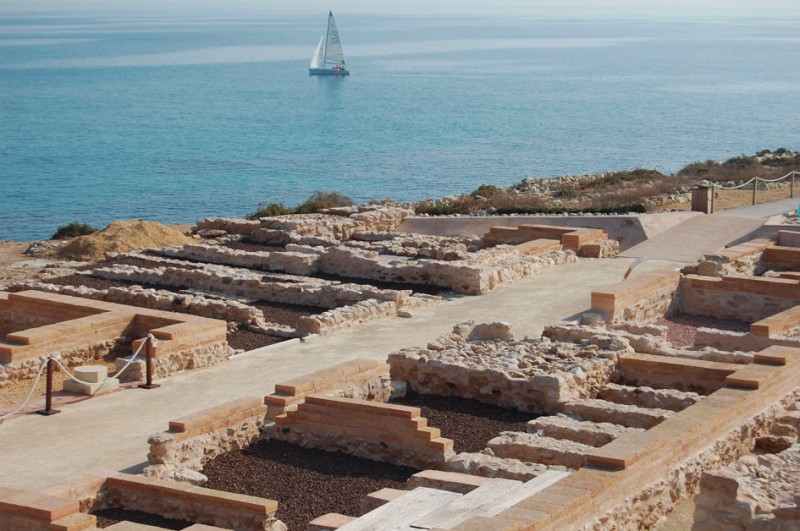
The simple thermal bath facility is located in a narrow building where the heating oven, the hot room, the warm room (tepidarium), the cold room (frigidarium) and the dressing room (apodyterium) stand in a line.
Other Roman findings include a series of fish farming pools or hatcheries, which were cut into the rocks and connected to the sea through a number of trap holes. These reflect the fact that one of the most important activities in this part of the Roman Empire was the exploitation of marine resources, including the breeding and raising of fish for various products prized throughout the Empire: several other facilities like the one at Illeta dels Banyets have been discovered in the province of Alicante, the most important being the one in Portus Ilicitanus (Santa Pola).
The four pools which can be seen on Illeta dels Banyets have been badly eroded by the sea, but it can be seen that they were connected to each other. The largest measures 8.7 by 3.10 metres and seawater enters via channels located on either side, while the other three are at right angles to the largest. They are connected by vertical “windows”, which could be opened and closed to act as gates.
Opening hours (winter timetable)
Tuesday to Saturday 10.00 to 14.00 and 15.30 to 17.30
Sundays and public holidays 10.00 to 14.00
In March 2021 the site was re-opened to the public with no entry free, and at the same time guided tours can be reserved at 12.00 midday from Tuesday to Saturday at a cost of 1.50 euros per person. Bookings can be made here, although a separate telephone number is provided for tours in English: 965 149006.
Due to socializing restrictions group sizes are limited to a maximum of 6 for those belonging to one household and 4 for those belonging to different households.
Contact Murcia Today: Editorial 000 000 000 /
Office 000 000 000





